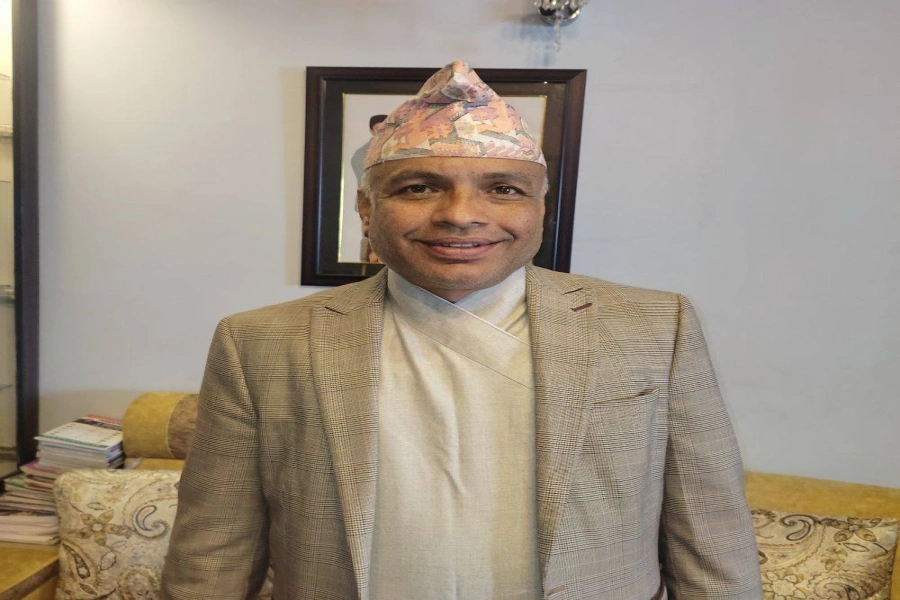The media have a responsibility to reflect society not only as it is, but also as it should be. This means more reporting about women
LONDON – Nancy Pelosi is the highest-ranking elected female politician in the history of the United States. Theresa May is only the second female British prime minister. Amal Clooney is a world-renowned human-rights lawyer. Serena Williams is arguably the greatest female athlete of all time.
All four are succeeding in environments where high-achieving women are the exception rather than the rule. Yet parts of the media have portrayed them in a way that suggests their achievements and abilities are secondary to their appearance, age, or association with other people, particularly the men in their lives.
Consider Pelosi, the Speaker of the US House of Representatives. On the day she was elected to serve another term in the post, The New York Times published a tweet accompanying an image of her: “Nancy Pelosi, wearing a hot pink dress, ascended to the marble dais in the center of the House chamber to accept the wooden gavel.” The tweet was later deleted, with the Times calling it “poorly framed.” But it spoke volumes about the sexism, whether implied or overt, that still exists at the heart of the media industry.
Theresa May has been one of Europe’s leading female politicians for most of the past decade. Yet the British media have long been fascinated by her love of fashion, devoting many a column inch and image to her sartorial choices and penchant for shoes, instead of focusing on her policy decisions. The subconscious effect of the messaging is to diminish May’s role as a woman in a male-dominated world.
Signs you have a ‘bad’ boss

Clooney knows exactly what it feels like to be judged by association. In August 2015, the Associated Press published a tweet that read: “Amal Clooney, actor’s wife, representing Al-Jazeera journalist accused in Egypt of ties to extremists.” The tweet drew widespread criticism, and the AP later referred to her as a human-rights lawyer. But the episode underscored the media’s obsession with “clickbait” and the need for more outlets to pause before publishing pictures or words that reinforce outdated gender stereotypes.
Williams has won a record 23 Grand Slam singles titles, but some media outlets have perpetuated the sexism and racism she has faced from inside the old-fashioned, male-dominated tennis world. A media storm erupted last September after Williams lost the final of the US Open and accused tennis officials of treating her more harshly than men. The umpire had earlier penalized her for getting coaching signals from the stands, breaking her racket, and calling him a “thief.”
Some of the subsequent media coverage reduced Williams to the trope of the angry black woman, and a cartoon of her outburst in the Herald Sun newspaper in Melbourne, Australia, sparked a furious backlash from critics who deemed it racist and offensive. The newspaper defended the cartoon as satire and said its critics were being politically correct.
Billie Jean King, who helped pioneer the women’s tennis tour, later thanked Williams via Twitter “for calling out this double standard,” whereby women are often described as “hysterical” while men behaving the same way are “outspoken.” By continuing to use such terms, the media reinforce the message that women and girls should not strive for leadership positions, and must still overcome many barriers to achieve their potential in a man’s world.
Although depressing, the media’s portrayal of women is not surprising, given the gender imbalance in the industry. According to the Global Media Monitoring Project, which produces a quinquennial report on gender in the news, the representation of women in the media has changed little in the past two decades. Women still rarely occupy positions of power in newsrooms, and female journalists tend to cover less serious topics than their male counterparts. Furthermore, women are the subjects of fewer news stories, and female experts are outnumbered as sources by their male counterparts in nearly every field.
But it’s not all doom and gloom. Over the past few years, some high-profile media outlets have acknowledged their failings and sought to fix systemic imbalances. Bloomberg and The Wall Street Journal, among others, are committed to increasing the number of women in leadership roles, as well as improving the conditions of female staff and editorial coverage of women.
Elsewhere, the Women’s Media Center runs SheSource, an online database of female experts for journalists. Poland-based NewsMavens produces a weekly round-up of news chosen by women to counterbalance the media’s prevailing male-dominated perspective, while France 24’s The 51% is a weekly show that almost entirely features women and how they are reshaping the world.
But for every news outlet working to change the gender narrative, there are others that remain woefully sexist. We still have a long way to go until the media cover women in a balanced way and finally put hoary stereotypes to rest.
The media have a responsibility to reflect society not only as it is, but also as it should be. This means more reporting about women—particularly in male-dominated industries—and portraying them in the same light as the men they cover. Otherwise, these successful women will not be perceived as role models to emulate. After all, we can’t be what we don’t see.
Hannah Storm is outgoing Director of the International News Safety Institute and will soon be taking up the position of CEO of the Ethical Journalism Network
© 2019, Project Syndicate
www.project-syndicate.org




































